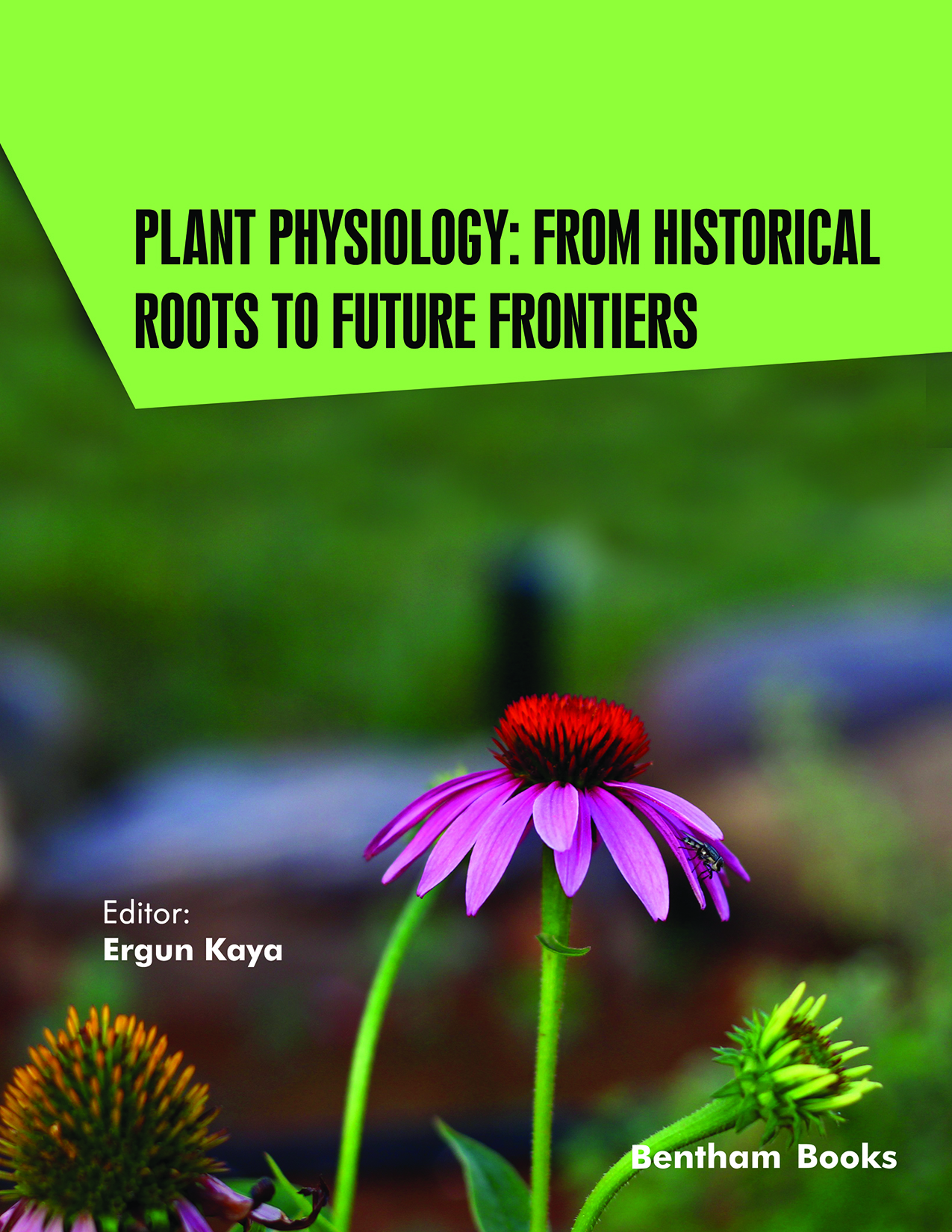Introduction
Plant Physiology: From Historical Roots to Future Frontiers provides an in-depth exploration of the principles and advancements in plant physiology. Spanning eleven comprehensive chapters, the book traces the field's historical evolution and covers modern applications such as stress physiology, growth regulators, genomics-proteomics, and bioinformatics. It highlights the integration of cutting-edge technologies like CRISPR-Cas and artificial intelligence, offering insights into their transformative potential in plant science.
Written for a scholarly audience, this book bridges traditional plant physiology with future-oriented innovations, providing a molecular and cellular perspective on growth, metabolism, and physiological processes. It serves as a valuable resource for understanding current challenges and emerging solutions in plant physiology.
Key Features:
- - Coverage from historical foundations to advanced research topics
- - Focus on molecular mechanisms and quantitative approaches
- - Discussion of transformative technologies, including CRISPR-Cas and AI
- - Insights into secondary metabolites, stress metabolism, and bioinformatics
Readership
Ideal for undergraduate/graduate students, researchers, and academic professionals.

